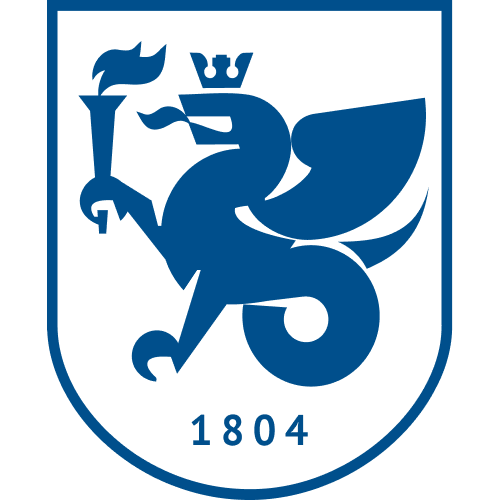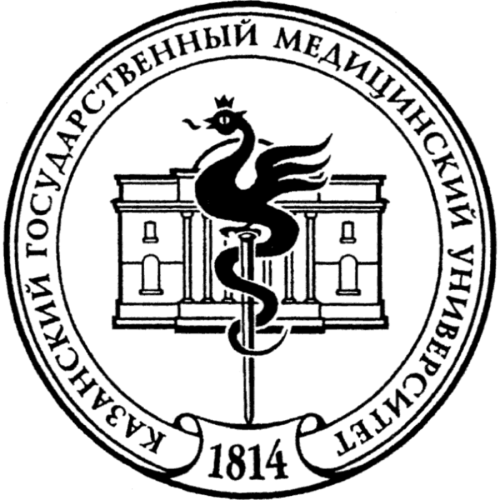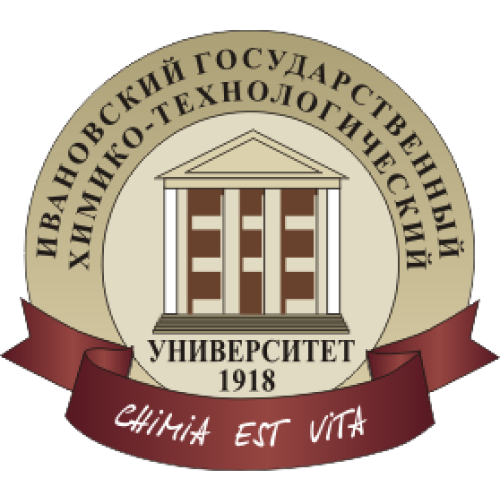UNU Fluid Spectrum
A complex of molecular fluid spectroscopy (Fluid spectrum) equipped with special cells for measuring vibrational infrared (IR) spectra, as well as nuclear magnetic resonance (NMR) spectra in a wide range of state parameters, including supercritical ones.
A unique pressure and temperature support and control system has been created for the IR spectroscopy complex, which allows it to operate in the range P=1 bar – 1000 bar and maintain a set pressure with an accuracy of 0.1 bar and in the range from room temperature to T~400 °C with an accuracy of 1 °C. The versatility of the system allows it to be used with various types of experimental cells (for IR and NMR spectroscopy), reactors that allow for various processes based on the use of supercritical fluid technologies, in particular, the rapid expansion of supercritical solutions (RESS).
- NMR spectroscopy of liquids (1D, 2D, 3D);
- NMR spectroscopy of fluids
- IR spectroscopy of fluids













